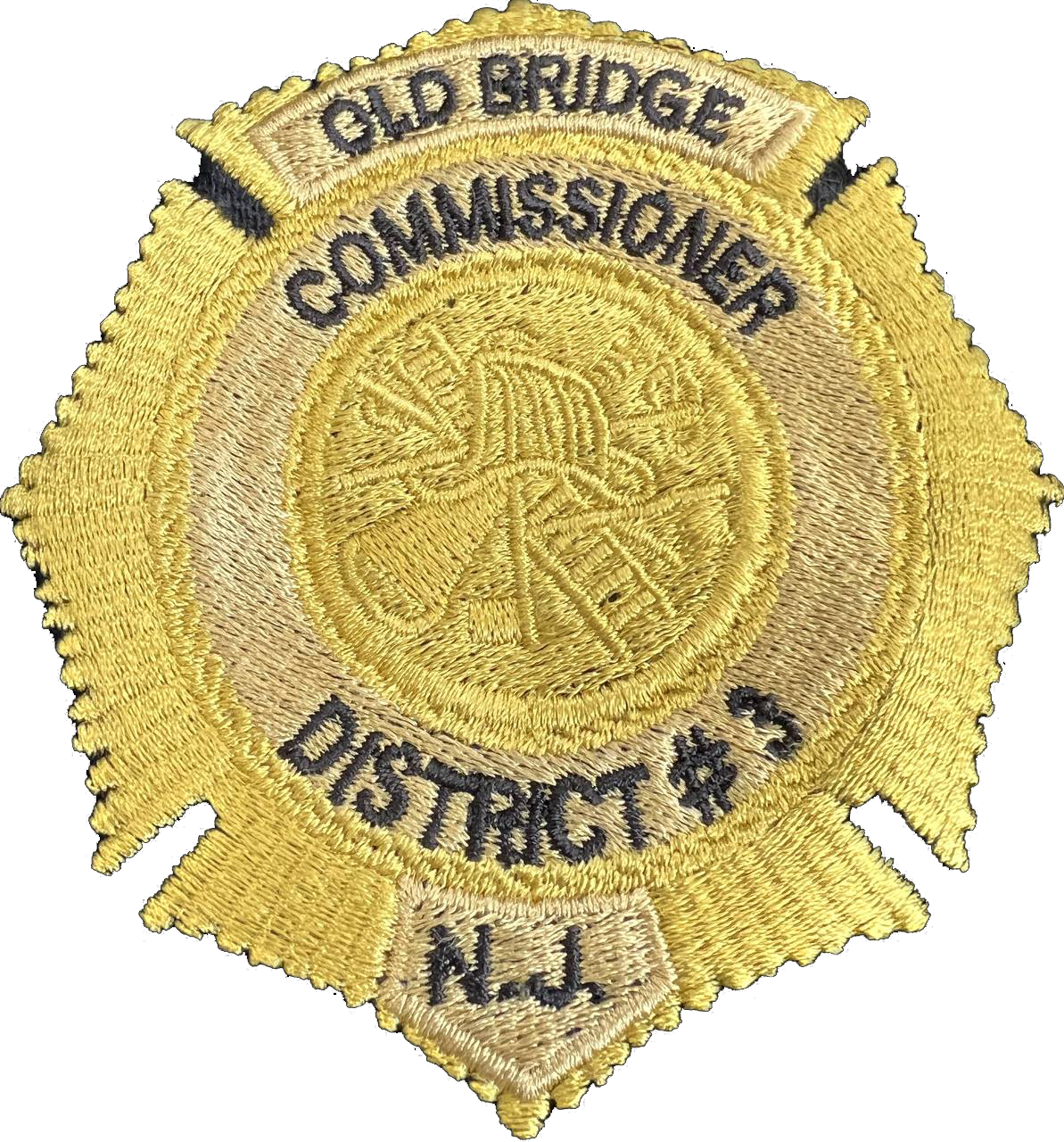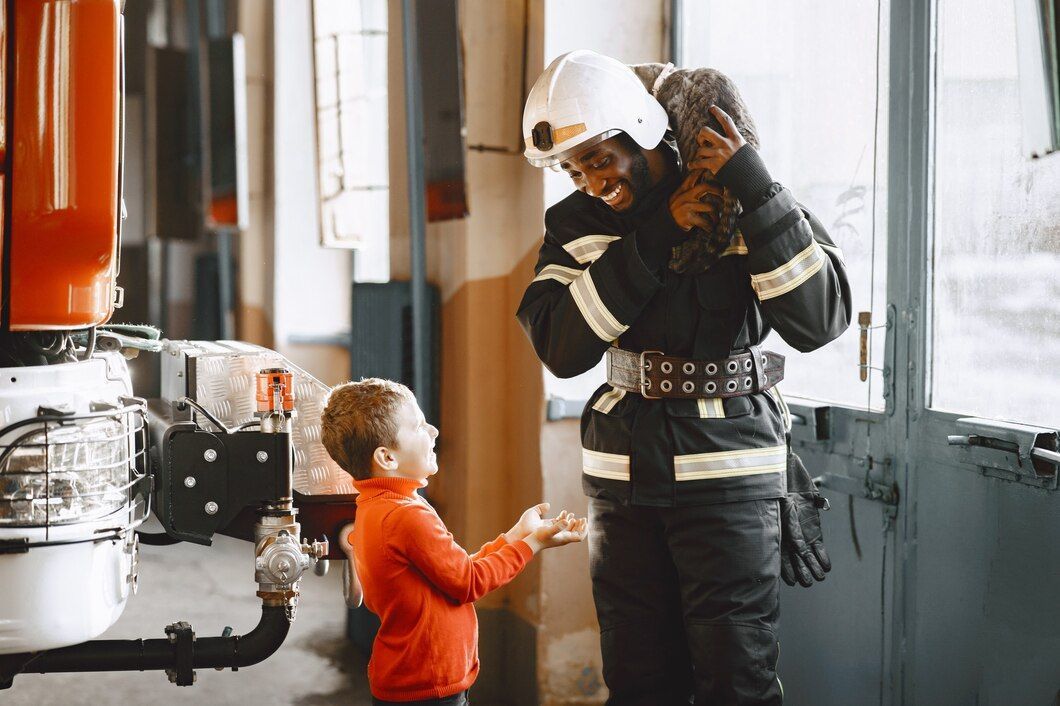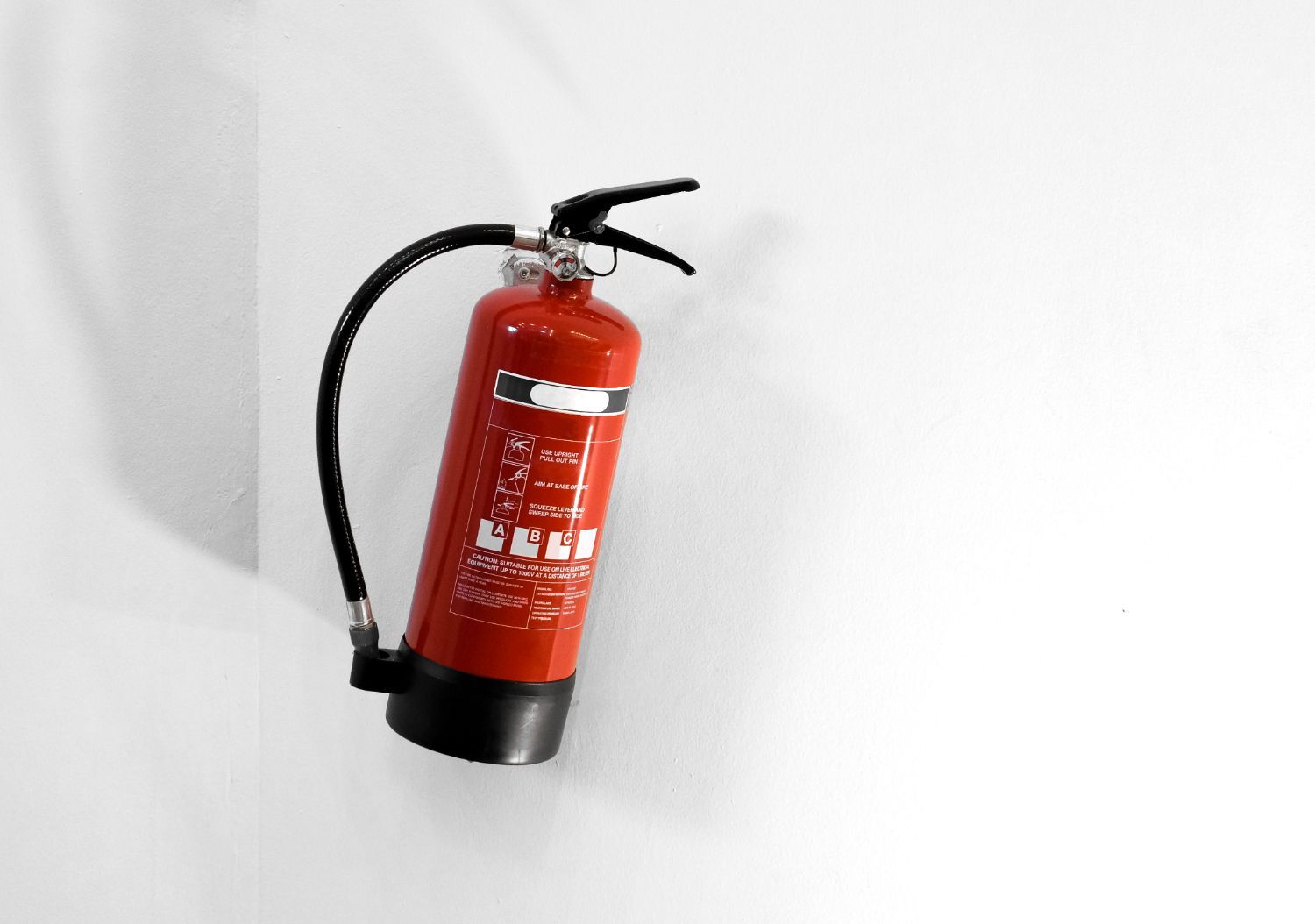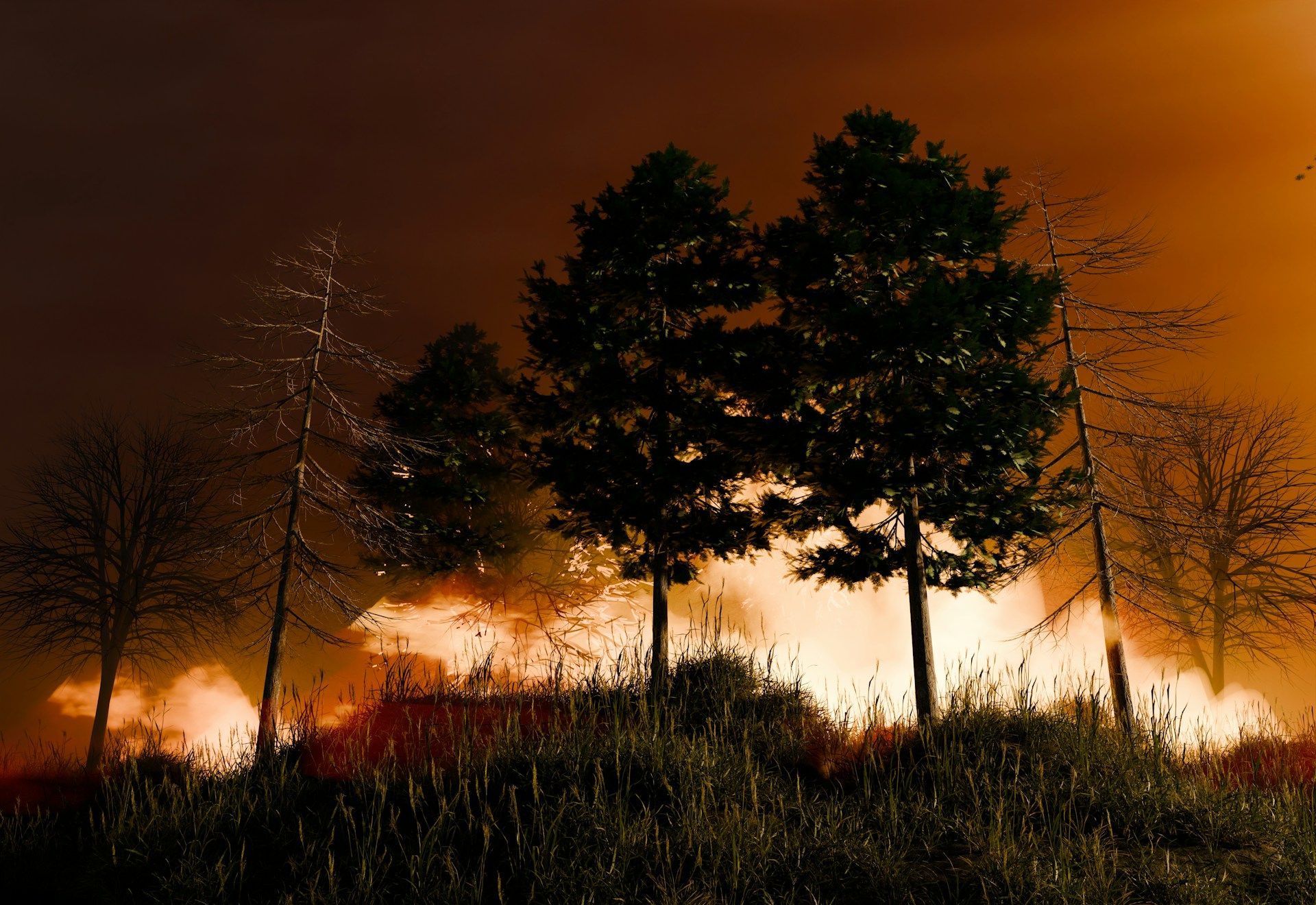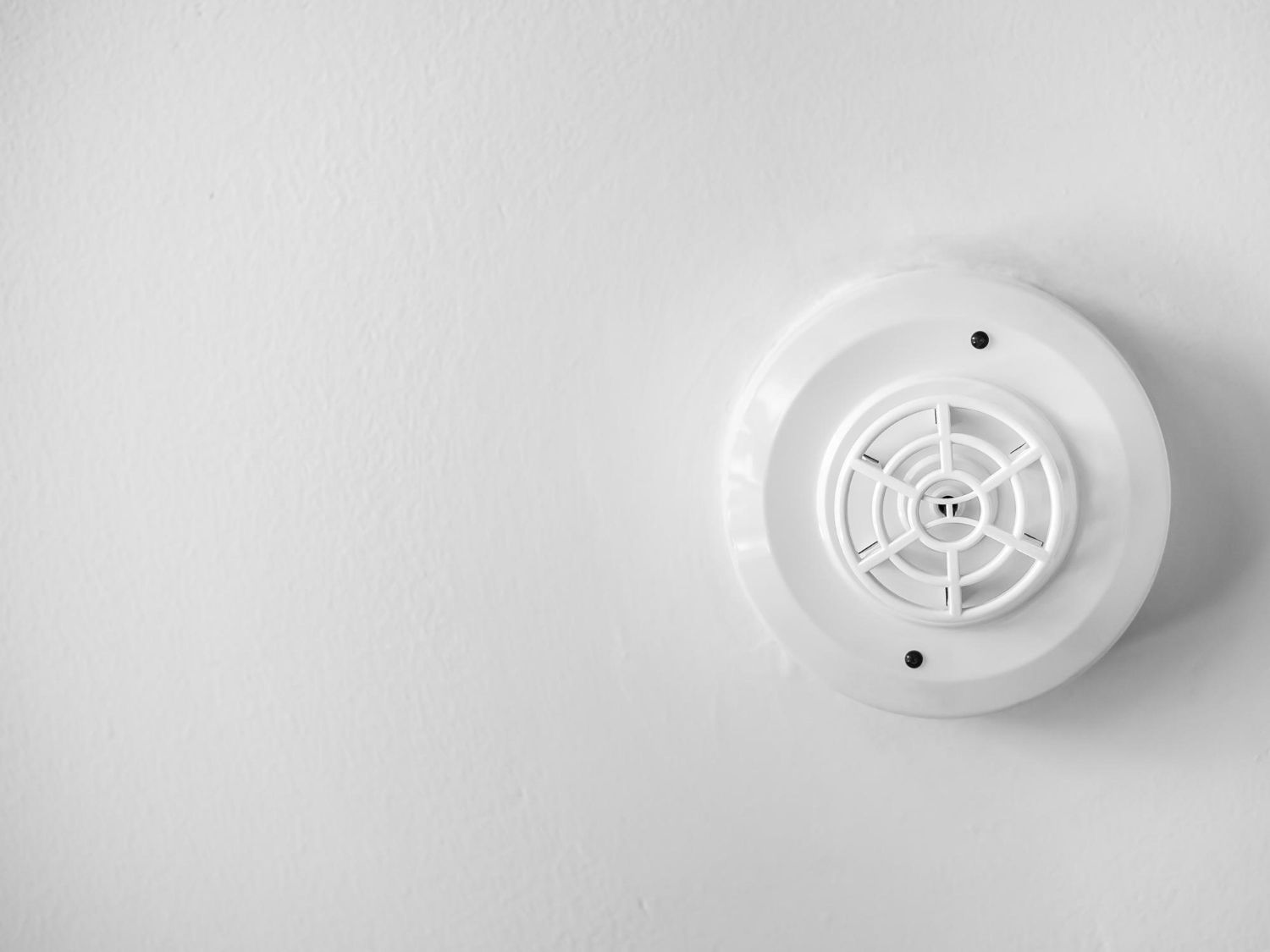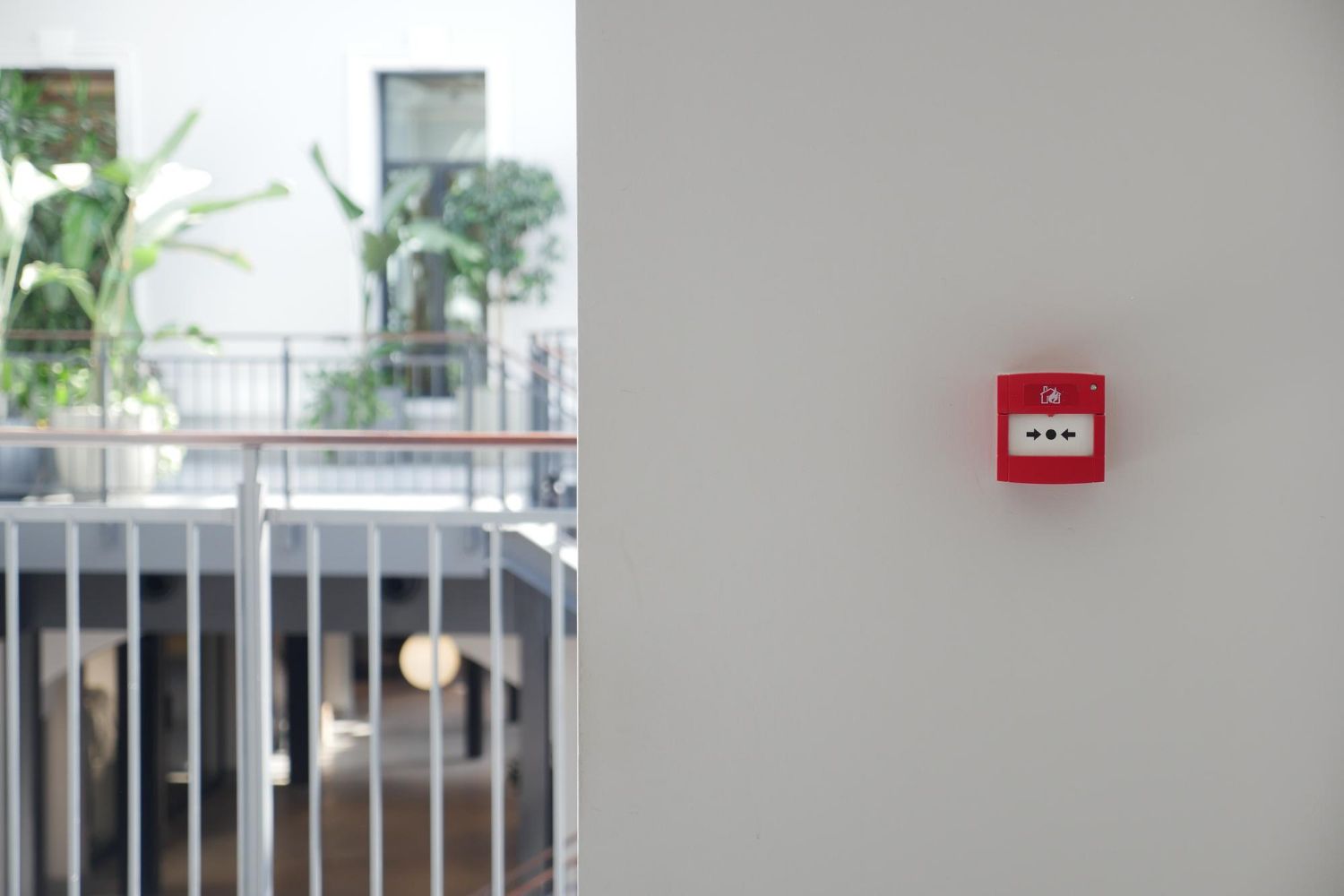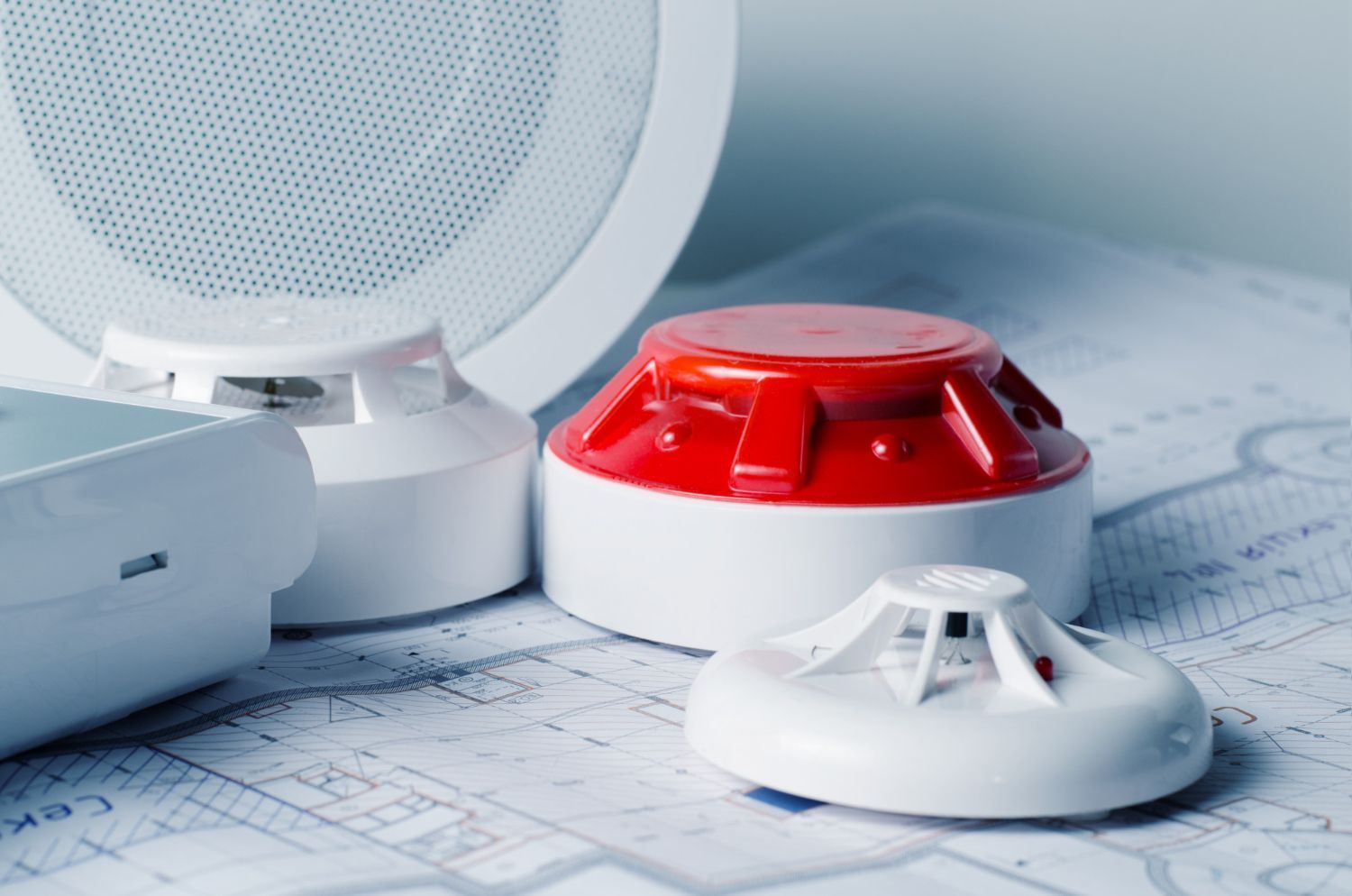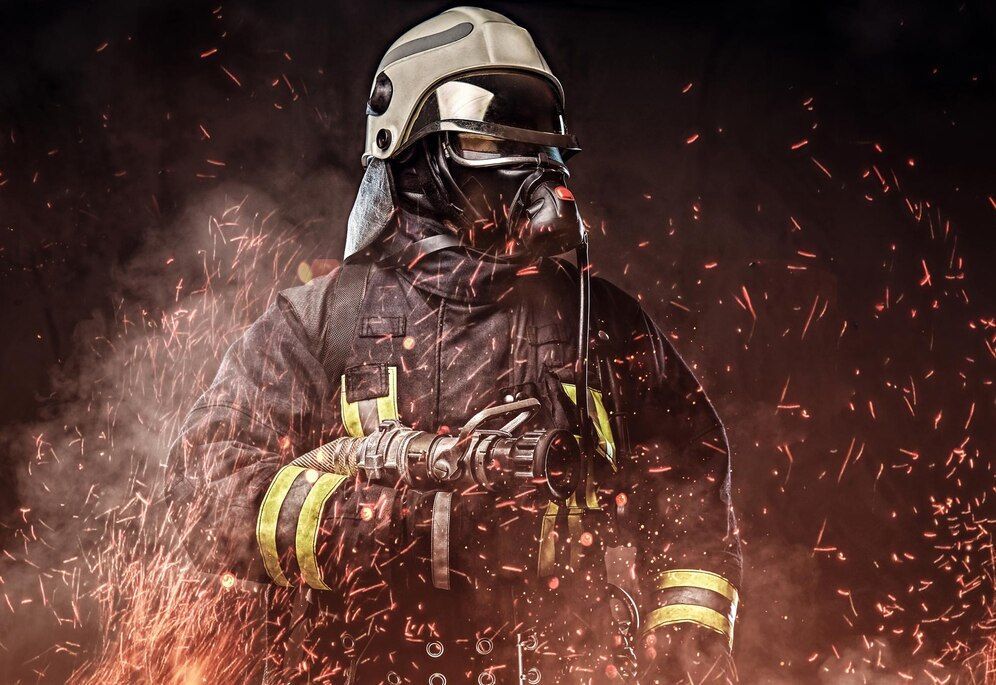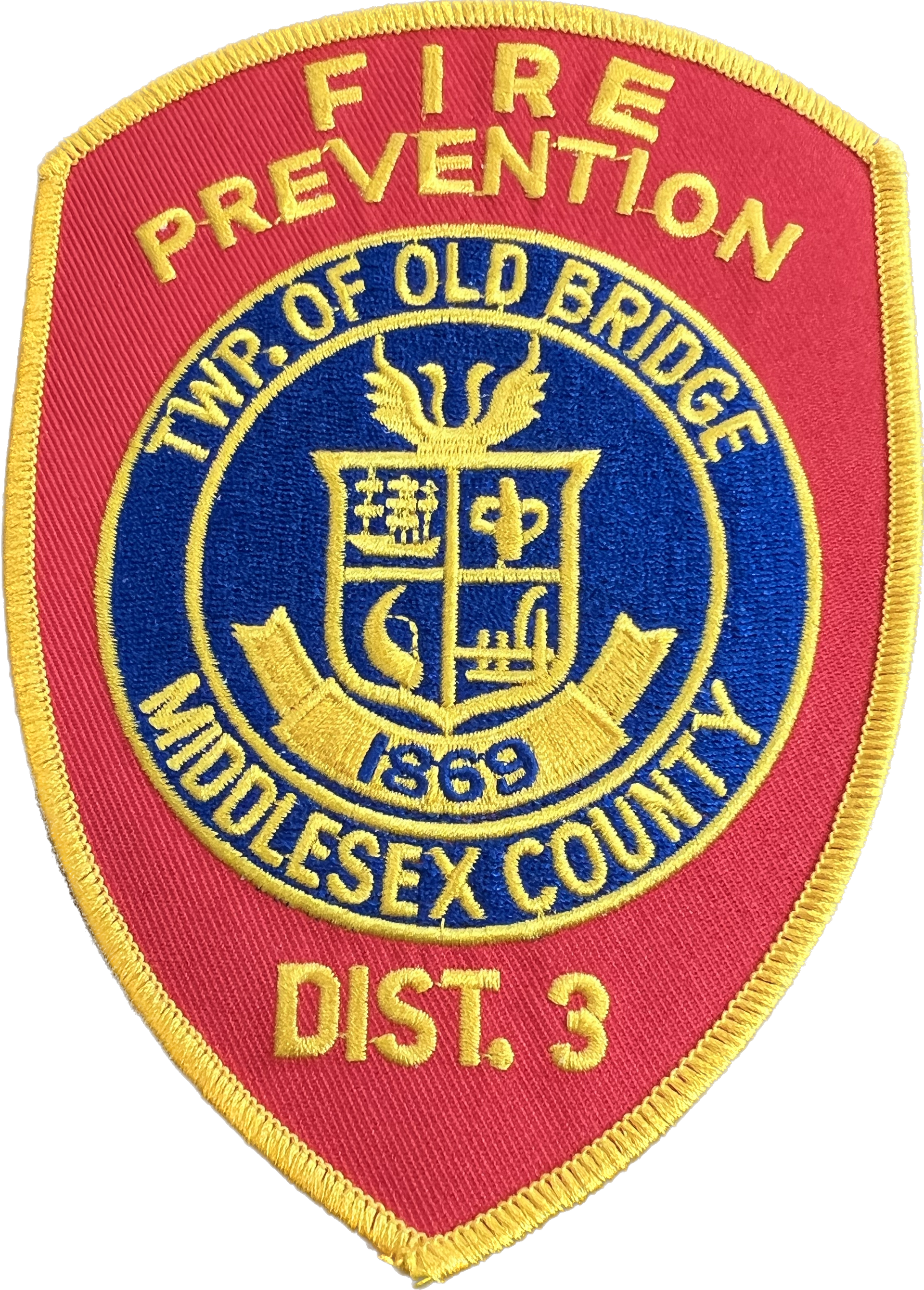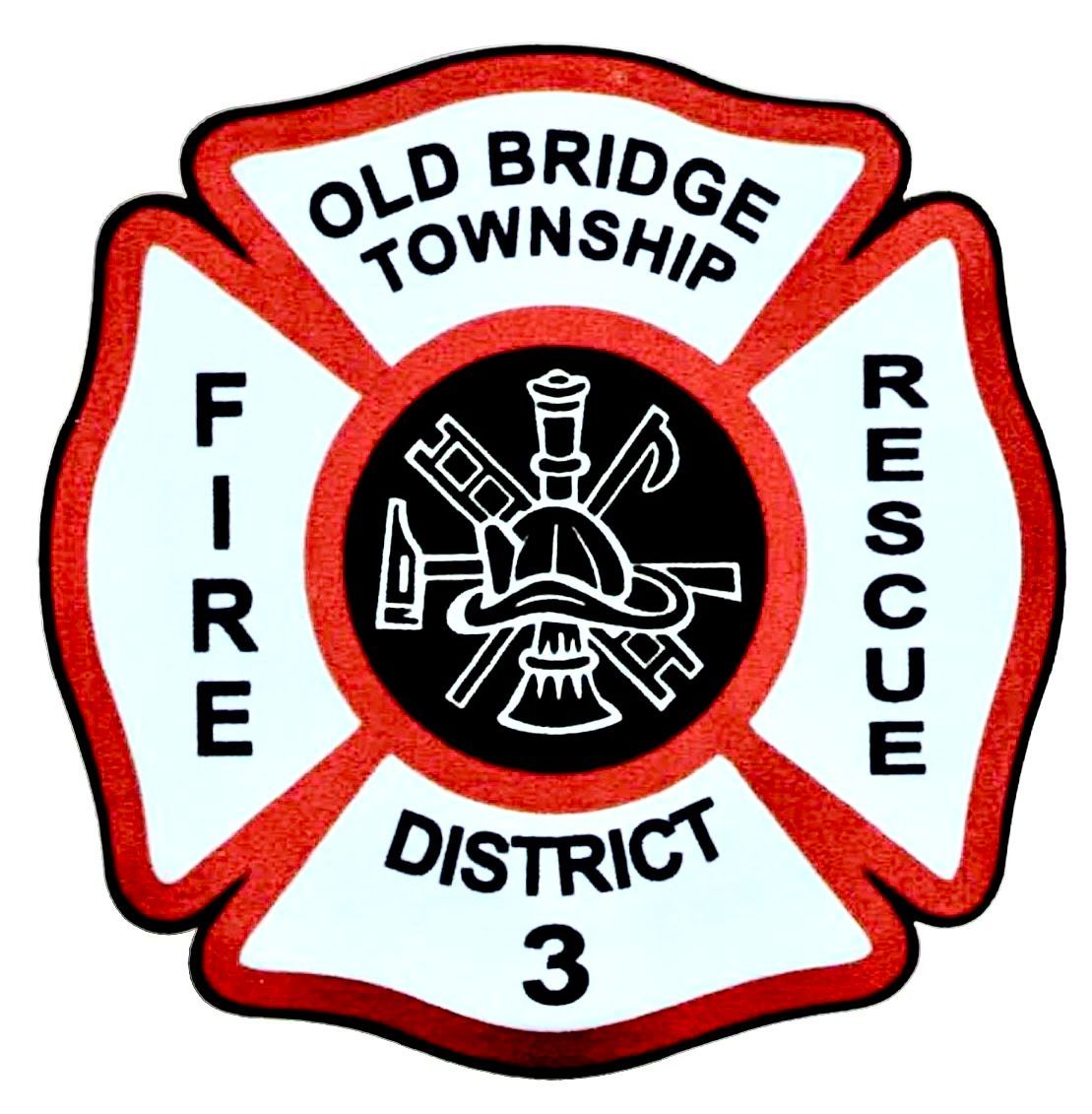Fire Safety Tips Every Renter Should Know
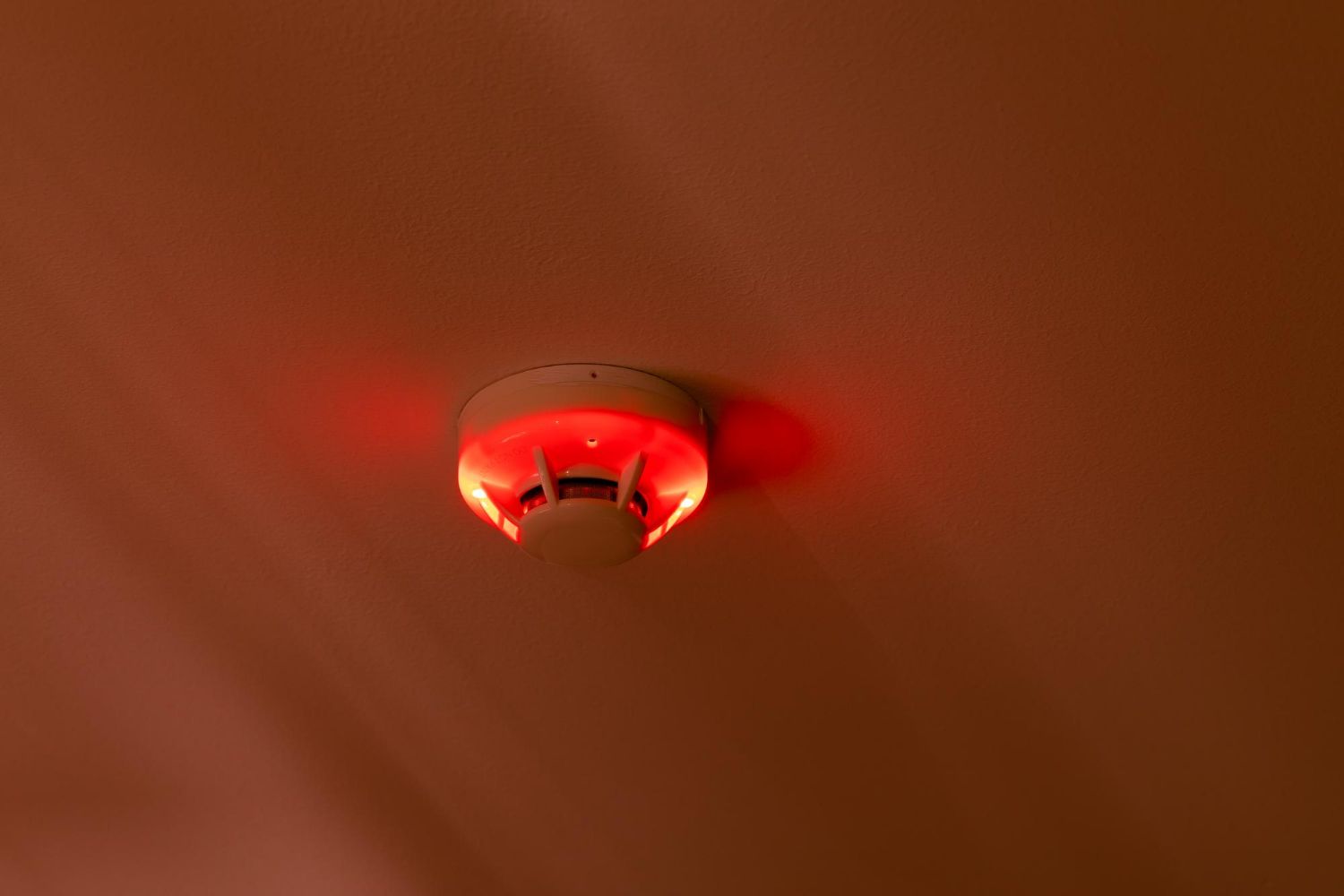
Renting a home comes with a lot of responsibilities, especially when it comes to fire safety. Being prepared and knowing what to do in case of a fire can save lives and property. Whether you live in an apartment or a house, understanding fire safety is crucial.
In this guide, we’ll explore practical tips and steps every renter should take to stay safe from fires. From recognizing fire alarms to knowing what to do during a fire, we’ll cover everything you need to know to be prepared.
Understanding Your Building's Fire Safety Features
Knowing your building's fire safety features is the first step in being prepared for an emergency. Familiarize yourself with the fire alarm system, exits, and equipment. Here are key elements to look for:
1. Fire Alarms: Make sure you know where all fire alarms in the building are located and what they sound like. If you hear the alarm, never assume it’s a drill; exit immediately.
2. Emergency Exits: Identify all emergency exits in your building. They should be clearly marked and kept clear of obstructions. It's good to know the shortest route out, as well as alternative routes in case one is blocked.
3. Fire Extinguishers: Locate the fire extinguishers on your floor. Know how to use them and check that they are properly maintained. There should be signage or instructions near them.
4. Sprinkler Systems: Check if your building has a sprinkler system. Sprinklers can control small fires and prevent them from spreading. Knowing this can help you understand the level of protection in your home.
5. Fire Doors: These doors are designed to slow the spread of fire and smoke. Make sure they are not propped open and that they close automatically.
Understanding these features helps you react quickly and safely in an emergency. Your knowledge can make a big difference when every second counts.
Essential Fire Safety Practices for Renters
Practicing fire safety daily helps reduce risks and ensures you are prepared in case of an emergency. Here are some key fire safety practices every renter should follow:
1. Test Smoke Detectors Regularly: Ensure your smoke detectors are working by testing them once a month. Replace batteries at least once a year or when the detector starts chirping.
2. Use Electrical Appliances Safely: Avoid overloading electrical outlets and power strips. Check cords for damage and replace frayed wires immediately. Unplug appliances when not in use.
3. Cook Carefully: Never leave cooking unattended. Keep flammable items like towels and paper at a safe distance from the stove. Use a timer to remind you when food is ready.
4. Keep Flammable Materials Away: Store flammable items like cleaning supplies and gasoline in safe, cool places away from heat sources. Avoid using candles; if you must, never leave them unattended.
5. Plan and Practice an Escape Route: Have a clear escape plan and practice it with all household members. Know at least two ways out of every room, and decide on a meeting place outside.
6. Keep Emergency Numbers Handy: Save emergency numbers in your phone and have them written down somewhere visible. This includes the fire department, your landlord, and any maintenance contacts.
Following these fire safety practices helps prevent fires and keeps you ready to act quickly if one occurs. It's all about being proactive and careful every day.
Creating and Practicing an Escape Plan
Having a fire escape plan is crucial. Knowing how to get out safely can save lives. Here’s how to create and practice an effective escape plan:
1. Draw a Floor Plan: Sketch a simple floor plan of your home. Mark all doors and windows. Identify two possible exits from each room, such as doors and windows that open easily.
2. Choose a Meeting Spot: Pick a safe meeting spot outside your home. This should be a landmark like a tree or a mailbox where everyone can gather after escaping.
3. Plan for Special Needs: Consider family members who may need assistance, such as young children, elderly members, or pets. Assign someone to help them during a fire.
4. Practice Regularly: Conduct fire drills twice a year. Practice using different exits and make sure everyone can follow the plan, even in the dark or if it’s smoky.
5. Teach Fire Safety: Teach everyone in the household how to stay low to avoid smoke inhalation and to check doors for heat with the back of their hand before opening them.
Creating and practicing your escape plan regularly ensures that everyone knows what to do and where to go in case of a fire. It’s not something you want to figure out in the moment.
What to Do During a Fire Emergency
Knowing what to do during a fire emergency is vital. Quick and calm actions can help you stay safe. If a fire occurs, follow these steps:
1. Stay Calm: Try to remain calm and think clearly. Panic can slow you down and make it harder to remember what to do.
2. Activate the Fire Alarm: If the fire alarm hasn’t gone off, pull the nearest alarm or shout to alert others. Every second counts.
3. Use the Escape Plan: Follow your escape plan. Exit quickly but do not run. Use stairs instead of elevators. Elevators can be dangerous if the power goes out.
4. Feel Doors for Heat: Before opening any door, feel it with the back of your hand. If it’s hot, use another exit. If not, open it slowly and stay low to the ground to avoid smoke.
5. Stay Low and Go: Smoke rises, so stay low to the ground to avoid inhaling it. Crawl if necessary. Cover your nose and mouth with a cloth.
6. Call for Help: Once outside, call 911 immediately. Do not go back inside for any reason. Wait for the firefighters to arrive and let them do their job.
7. Never Hide: Do not hide under beds or in closets. Firefighters need to find you quickly, and hiding makes it harder for them to rescue you.
Knowing these steps can make a huge difference in a fire emergency. Quick, safe action is the key to staying safe.
Conclusion
Fire safety is everyone's responsibility, especially renters. By understanding your building's safety features, practicing daily safety habits, creating an escape plan, and knowing what to do during an emergency, you can protect yourself and your loved ones. These steps not only prevent fires but also ensure you are prepared if one occurs.
For more
fire prevention tips and assistance, look no further than the Board of Fire Commissioners, Fire District 3, Township of Old Bridge. Your safety is our priority. Contact us today to learn more and ensure your home is as safe as possible.
